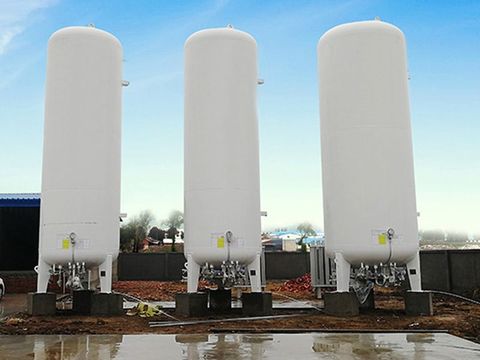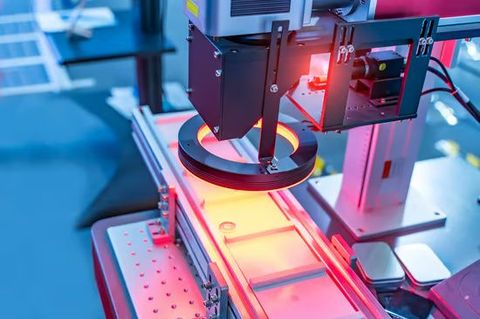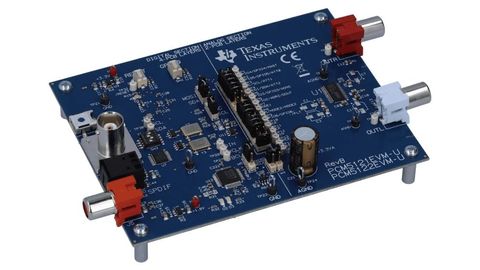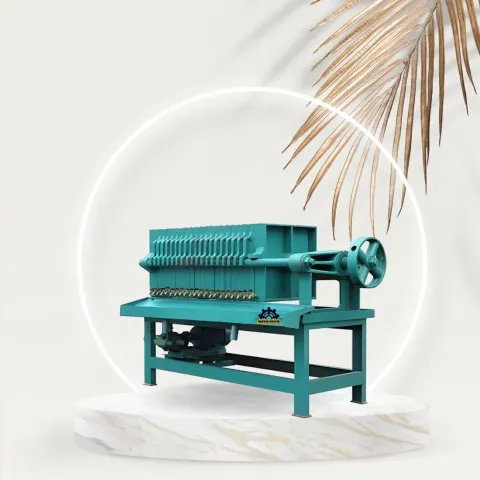Explore DC Brushless Fans – Tips, Knowledge, and Expert Advice
DC brushless fans use brushless DC (BLDC) motors, a kind of electric motor that doesn’t have the traditional “brushes” found in older motors. Instead of mechanical contact for commutation, they use electronic controllers to switch current in the motor windings. This design delivers smoother, quieter operation, reduced wear and tear, and better energy efficiency.
These fans exist because of growing demand for more efficient cooling in many applications: from ceiling fans in homes to tiny axial fans in electronics and high-performance blowers in data centers. In simple terms, they solve the problem of “how do we move air while using less power and making less noise?”
Why DC Brushless Fans Matter Today
Energy efficiency is top of mind in many areas now — especially in countries with high electricity consumption or where cooling is essential. Here’s why BLDC fans are becoming more relevant:
-
Reduced Power Consumption: Traditional AC fans can draw 70–80 W or more, whereas BLDC fans often work in the 28–35 W range.
-
Lower Noise: BLDC fans tend to be quieter due to better motor control and optimized blade design.
-
Longer Life & Reliability: Without brushes that wear out, BLDC motors are more durable and need less maintenance.
-
Better Control: With electronic commutation and PWM (pulse‑width modulation), speed and airflow can be finely tuned, offering more user comfort.
-
Sustainability: Using less energy helps reduce electricity bills and also lowers carbon emissions.
-
Broad Applications: They’re useful not just in homes, but also in data centers, EVs, industrial ventilation, and other areas that demand efficient cooling.
In markets like India, where fans are a very common appliance and residential electricity use is high, the shift to BLDC fans could make a big difference in national power consumption.
What’s New: Trends and Updates in the Last Year
Several important developments and trends have emerged around DC brushless fans recently:
| Trend | What’s Changing |
|---|---|
| Smart & IoT Integration | More BLDC fans now come with Wi-Fi or Bluetooth, allowing remote control via smartphone or voice assistants. |
| Market Growth | The global DC brushless fan and blower market is projected to grow at a CAGR of 6–8% through 2030. |
| Smaller & More Efficient Designs | There’s rising demand for miniaturized DC cooling fans (e.g., < 50 mm) for compact electronics. |
| Sustainability Focus | Manufacturers are using recyclable materials in fan housing and more energy-efficient motor materials. |
| Advanced Motor Control | New research is improving BLDC motor control to reduce torque ripple and increase efficiency. |
| Institutional Adoption | Some public and industrial organizations are replacing conventional fans with BLDC models. |
These trends show how BLDC fans aren’t just niche — they are becoming mainstream in both consumer and industrial segments.
Regulation, Policy, and Standards Around DC Brushless Fans
Understanding the regulatory landscape is key, especially in countries that push for energy-efficient appliances.
-
In India, the Bureau of Energy Efficiency (BEE) applies a star‑rating system to ceiling fans. BLDC fans often achieve higher star ratings, signaling better energy performance.
-
Energy‑conservation guidelines for industries recommend selecting high-efficiency motors (like permanent-magnet synchronous or IE3) and using variable frequency drives (VFD) to optimize performance.
-
The Energy Conservation Act and associated policies help push the adoption of efficient motor-driven systems such as BLDC fans.
-
Consumer‑test reports evaluate BLDC ceiling fans against national standards to help consumers make informed decisions.
-
Government programs and utility‑level policies are gradually replacing old fans with BLDC units in public buildings.
These regulatory frameworks help steer both manufacturers and consumers toward more efficient cooling solutions.
Tools and Resources for Learning & Decision‑Making
Here are some useful tools and resources for people interested in DC brushless fans — whether for home use, design, or installation:
-
BEE Website (India): Offers details on star ratings, appliance efficiency standards, and consumer guidance.
-
Consumer Reports: Comparative testing results for BLDC ceiling fans.
-
Motor Efficiency Guidelines: Industry manuals that help engineers choose efficient motors and plan maintenance.
-
Market Research Reports: Detailed market‑trend analysis for cooling‑fan applications.
-
Academic Research Repositories: Papers on advanced BLDC motor control and efficiency improvements.
-
Online Toolkits for Smart Fan Design: PWM‑control design tools, motor‑control reference circuits, and microcontroller sample code.
Frequently Asked Questions (FAQs)
Q1: How much energy can a brushless DC (BLDC) fan actually save compared to a regular AC fan?
A: A BLDC fan typically uses between 28–35 watts, while a standard AC ceiling fan often consumes 70–80 watts. Depending on usage, that can translate to 40–60% energy savings in many cases.
Q2: Are BLDC fans compatible with smart home systems?
A: Yes. Many newer BLDC fans support Wi-Fi or Bluetooth control and integrate with smart assistants.
Q3: Do BLDC fans last longer than traditional AC fans?
A: Generally, yes. Since BLDC motors don’t have brushes, there is less mechanical wear. They often last significantly longer and require less maintenance.
Q4: Are there standards or labels to check when buying an energy-efficient fan?
A: Depending on your country, yes. For instance, in India, fans may carry BEE star ratings. Consumer‑testing bodies also publish comparison reports to help buyers.
Q5: What are some practical situations where BLDC fans make the most sense?
A: They are especially useful in:
-
Hot climates where fans run many hours a day
-
Data centers and electronics cooling (due to low noise and precise speed control)
-
Public or institutional buildings aiming to reduce electricity bills
-
Smart homes that benefit from speed control and app integration
In Summary
Brushless DC fans represent a meaningful step forward in how we cool our environments — whether in homes, offices, or industrial settings. Their design reduces power consumption, lowers noise, and extends lifespan, making them a compelling choice when sustainability and efficiency are priorities. Recent trends show increased adoption of smart-controlled models and miniaturized designs, while regulatory frameworks are favoring their deployment.
As demand grows and technology advances, BLDC fans are likely to become even more widespread. For users, engineers, or policymakers trying to balance comfort, efficiency, and environmental impact, understanding this technology can lead to smarter decisions and measurable energy savings.







